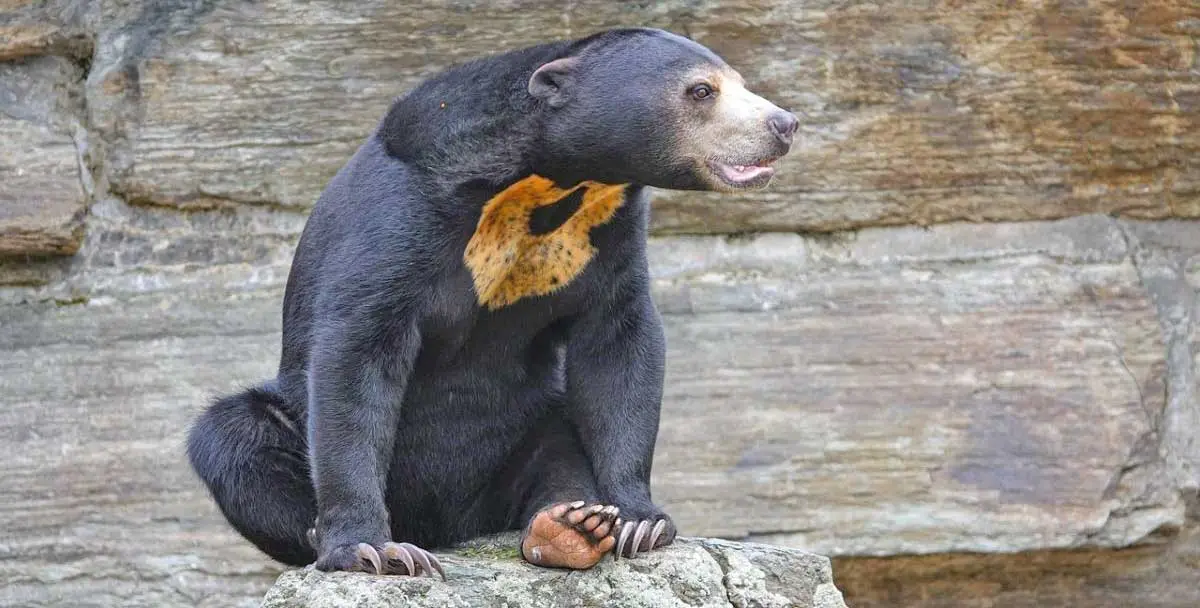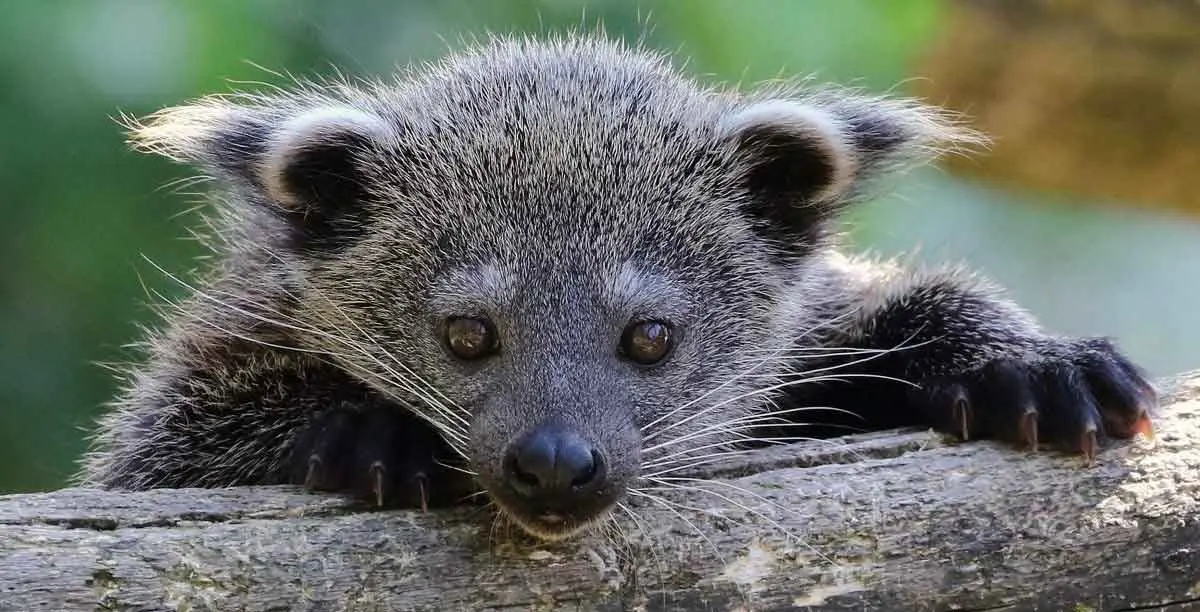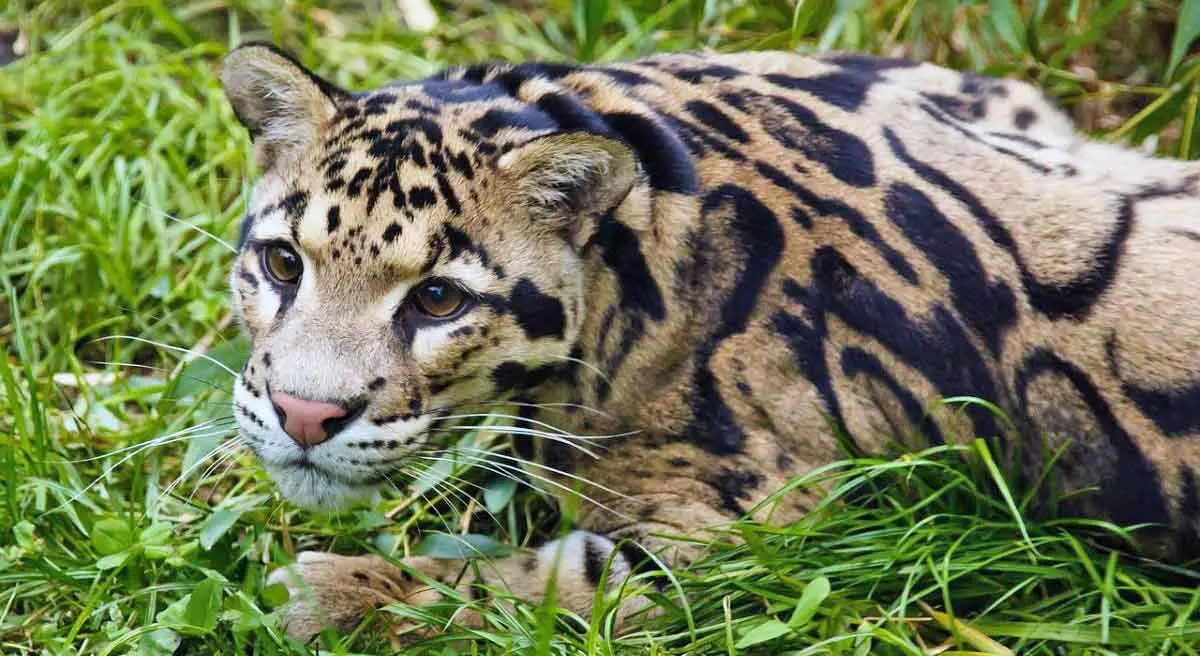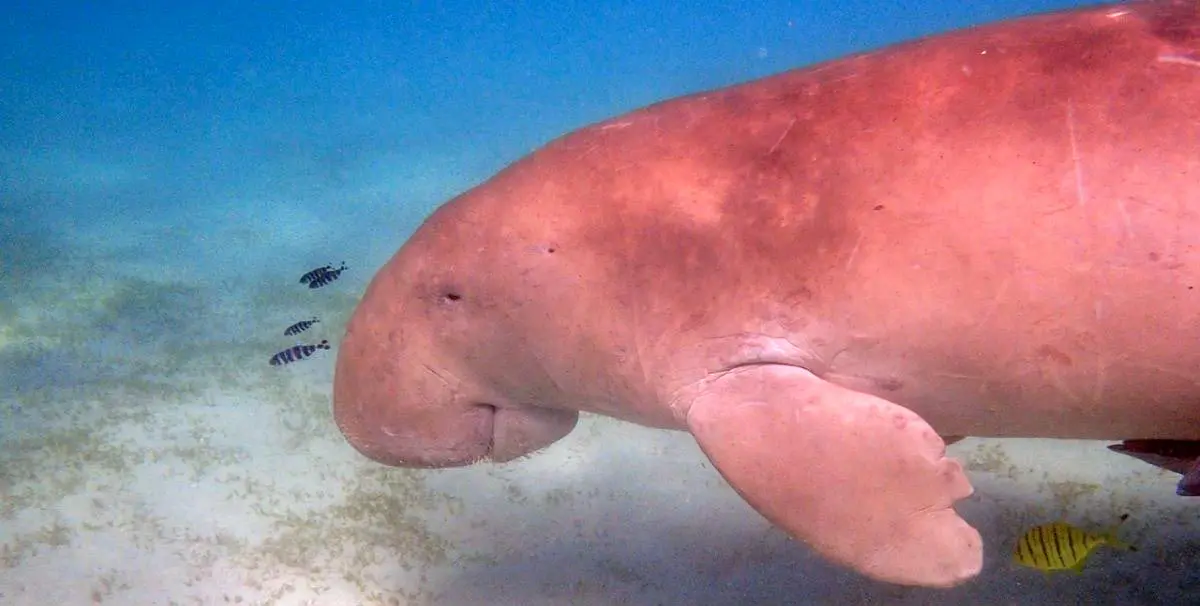East Asia is a beautiful and vast land full of tropical and cloud forests, with varying terrain ideal for hosting a wide variety of species. Whether they are from the rainforests of Borneo or the bamboo forests of China, each of these species is important to the habitat they live in.
Unfortunately, people hunt many of the unique species living in East Asia for meat and medicines, which have dwindled their numbers. Read on to learn more about the unique animals of East Asia.
Sun Bear

Distinct with its orange, disc-shaped patch of fur, the Sun Bear is the world’s smallest bear. Sun Bears live in Southeastern Asian forests. They eat insects, fruit, honey, and small vertebrates. Their feces are an integral part of distributing seeds in these tropical forests.
These nocturnal bears are intelligent and reclusive, and they do not hibernate. They are excellent tree climbers who spend most of their time 130 to 160 feet in the air. Females give birth to single cubs and take care of the baby until it reaches sexual maturity at 3 years of age.
The IUCN lists these bears as vulnerable. People hunt sun bears for meat and medicines and capture them for illegal pet trade. In addition, they are threatened by severe habitat loss due to farming and logging. Although there are several sun bears in zoos, they do not reproduce well in captivity.
Scientists are still studying to learn more about how humans can help to protect this species.
Binturong

Hard to spot in the wild, these nocturnal mammals are tree lovers. They have semi-retractable claws and prehensile tails that help them to grab on and scale large trees. Binturongs look like raccoons with deep brown to black coats. They walk with their feet flat like bears.
Binturongs are omnivorous, feeding on fruits and berries, small animals, fish, rodents, birds, worms, and insects. Strangling figs and some other tropical forest seeds germinate better after passing through a binturong’s digestive system.
These mammals are related to civets and fossas. They are about 2-3 feet long, and their tail is the same length as their body. They weigh about 24-79 pounds. They have sharp teeth and claws and are one of many animals native to the tropical forests of India, Nepal, Bhutan, and many other East Asian countries.
They are solitary creatures, only coming together to mate. They communicate using a range of cat-like sounds. People also report that Binturongs smell like buttered popcorn due to a chemical compound in their urine. They live around 16-18 years.
Clouded Leopard

Named for the cloud forests they live in; the Clouded leopards are an ancient and vulnerable species of cat living in Southeast Asia.
They cannot roar or purr, so they are neither considered a large cat nor a small one. Instead, scientists see this species as a bridge between the two. They are not true leopards, but an ancient cat that branched off from the others over 6 million years ago.
They are excellent climbers that can even climb headfirst down a trunk. They have short legs, a long tail, and a small head. They have large paws with footpads made for gripping branches. Their coats are brown with irregular black stripes, spots, and splotches.
These beautiful cats eat gibbons, macaque, slow loris, small deer, and wild boar. They are excellent ambush hunters who stalk their prey from the trees or on the ground. These nocturnal cats can live up to 15 years.
Pangolin

The pangolin, or scaly anteater, is an armored, placental mammal. Pangolin bodies have overlapping brown scales everywhere except on their face and underside.
Pangolin is Malay for rolling over because these 1-3 feet long mammals roll into a ball when they feel threatened. There are 8 species of pangolin. The Chinese pangolin lives in the trees of tropical forests. They feed on termites, ants, and other insects. They have an excellent sense of smell.
They are prey for large animals such as leopards, lions, tigers, and hyenas, so they not only roll up into a ball to protect themselves. They also secrete an odor that repels these predators. Some people say this scent reminds them of buttered popcorn.
Most pangolins give birth to only one to three offspring at a time. Babies are soft-scaled, so mothers carry them on their backs until they can defend themselves.
The IUCN listed several East Asian species of pangolin as vulnerable. People hunt these creatures for meat and medicine.
Dugong

Cousins of manatees, dugongs are plump, sea mammals that graze on sea grasses in the shallows of the Indian and Western Pacific Oceans. These amazing creatures can weigh around 500-925 pounds and are around 7 to 11 feet long. Dugongs have tails with deep notches. They have rounded flippers and a broad, bristled snout.
Dugongs use thick bristles on their snouts to detect and manipulate their food. Males have large tusk-like incisors that they use to fight for mates. These sea mammals live around 73 years, reaching sexual maturity at about 7 years of age. Females give birth to a single calf every other year.
Many believe that the sight of these large mammals basking on rocks is what led to ancient myths about mermaids. Dugongs search for their food in pairs at depths of 120 feet and surface to rest with their herd of 100-450 on shore.
Due to excessive hunting by humans for meat, hides, and oil, the dugong is listed as a vulnerable species by the IUCN. Habitat degradation is also putting these beautiful animals at risk of extinction.
Conclusion

East Asia is home to an abundance of gorgeous landscapes and unique animal species. As people turn these tropical forests and rich lands into farmland, many animals lose their homes. Additionally, overhunting for meat and medicine has left many unique East Asian animal species vulnerable to extinction.
However, conservationists are working hard to preserve these animals by reintroducing their populations to the wild through breeding programs, working for land protection, and much more. The more we learn about these amazing creatures, the more we can do to save them from extinction.

